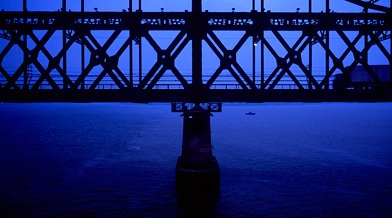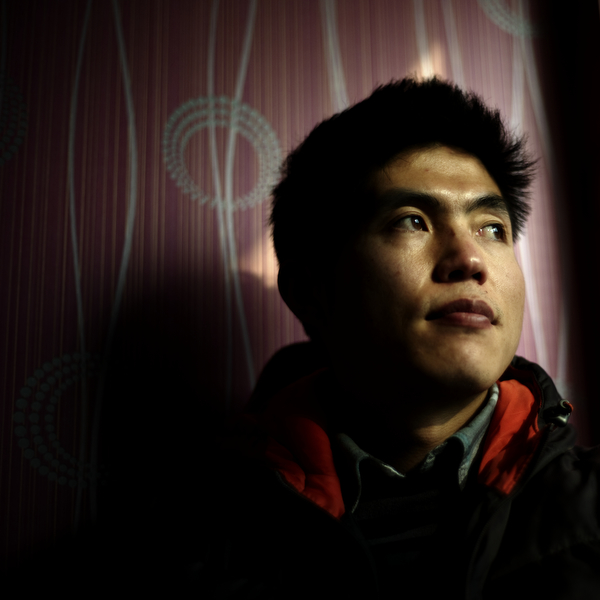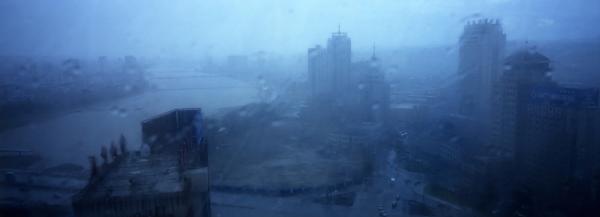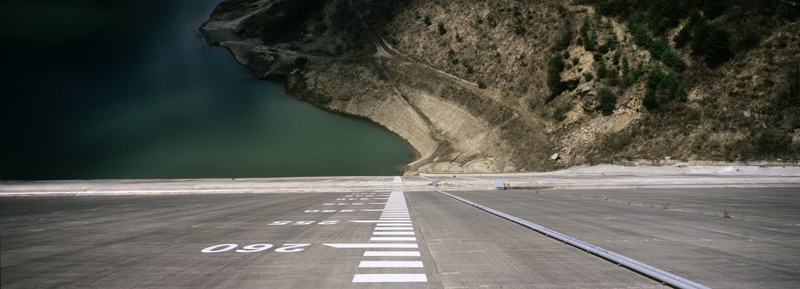
The reasons for documenting contemporary North Korea are obvious; the difficulties of doing so are equally clear. The Kim dynasty holds the population in thrall with a mix of lies and violence. The state's machinery of coercion is not limited to its own people. In the 21st century, only North Korea has ventured to conduct nuclear explosions. In Nov. 2010 North Korea shelled the South Korean island of Yeonpyeong.
With the same ruthless skill it uses to keep its population in check and its enemies at bay, North Korea also keeps journalists in the dark. Any report about the country is merely a rough sketch of a giant puzzle, often contaminated with triumphalist propaganda or laced with speculation. Tomas van Houtryve says his own photography is no exception. During two prior trips inside North Korea, he tried to see beyond the state's meticulously orchestrated fictions. Pushing the limits of access proved to be complex and risky. And though the view from the center of Pyongyang was fascinating, van Houtryve says it was also restricted and distorted.
Taking a step back, another sketch can be made of North Korea from the outside, by tracing the contours of the land, visiting the key flash points, scanning the fortifications, and interviewing escapees. The first part of van Houtryve's project, which followed the 1,400 km Sino-Korean border, was made with a grant from the Magnum Foundation Emergency Fund. The second part, funded by a grant from the Pulitzer Center, follows the North-South Korean border and the DMZ.









